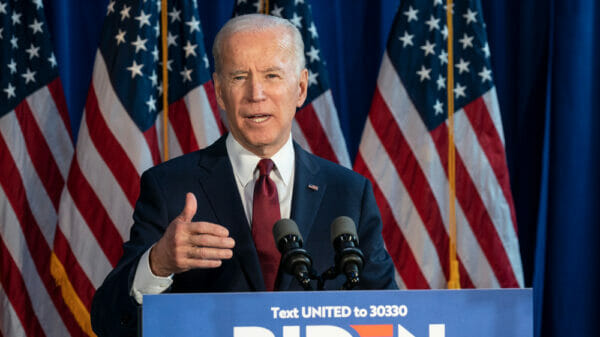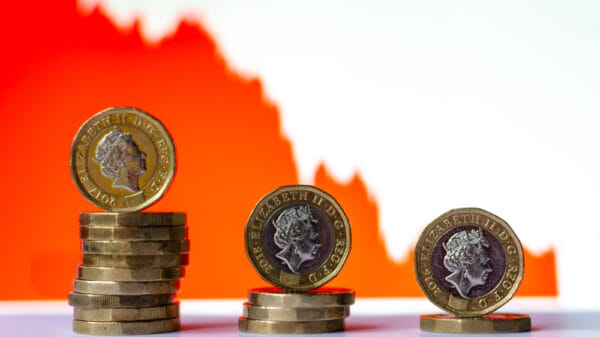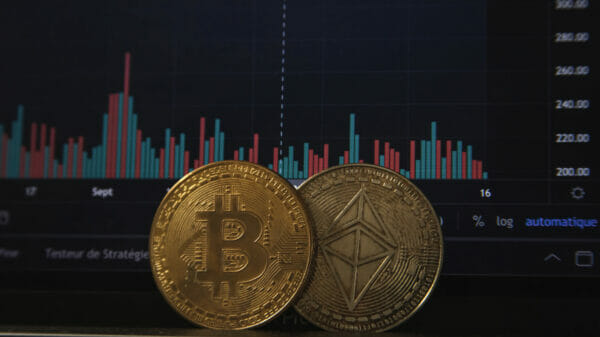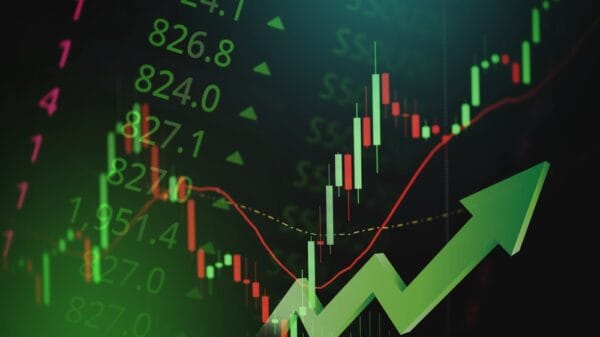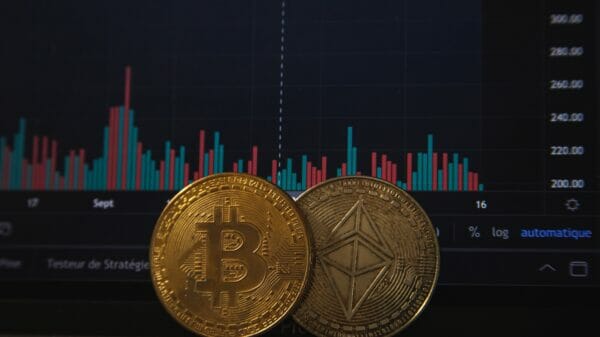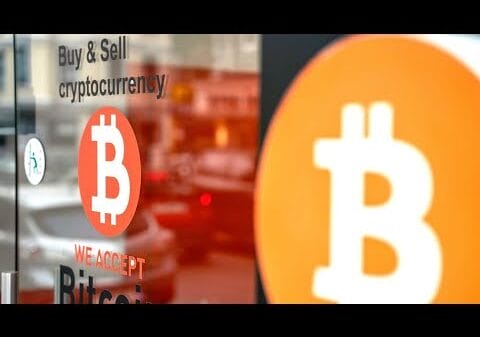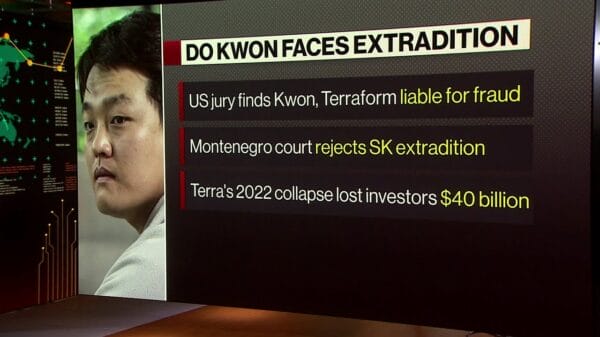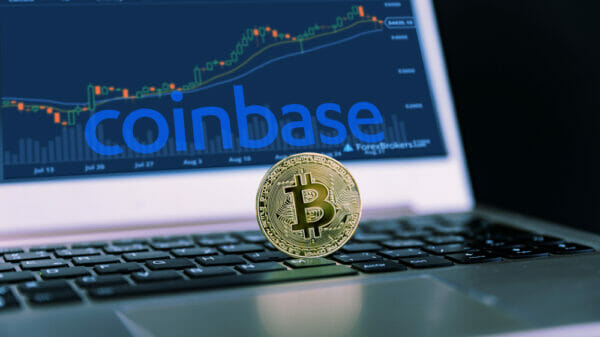Bitcoin (BTC) briefly reached $38,000 on Nov. 24 but faced strong resistance at that level. On Nov. 27, Bitcoin’s price was below $37,000, the same as a week prior.
What stands out is the unwavering strength of BTC derivatives, indicating that bulls are determined in their intentions.
An interesting development is taking place in China where Tether (USDT) is trading below its fair value in the local currency, the yuan. This difference often occurs due to varying expectations between professional traders involved in derivatives and retail clients in the spot market.
How have regulations impacted Bitcoin derivatives?
To assess the exposure of large investors and arbitrage desks using Bitcoin derivatives, it is important to analyze BTC options volume. By looking at the put (sell) and call (buy) options, we can estimate the prevailing bullish or bearish sentiment.
Since Nov. 22, put options have consistently been lower in volume than call options, by an average of 40%. This suggests decreased demand for protective measures, which is unexpected considering the heightened regulatory scrutiny following Binance’s plea deal with the United States Department of Justice (DOJ) and the U.S. Securities and Exchange Commission’s lawsuit against the Kraken exchange.
Although investors may not anticipate disruptions to Binance’s services, the likelihood of further regulatory actions against exchanges serving U.S. clients has increased. Additionally, individuals who previously relied on obscuring their activity might now think twice as the DOJ gains access to historical transactions.
Moreover, it’s uncertain whether the arrangement former CEO Changpeng “CZ” Zhao made with authorities will apply to other unregulated exchanges and payment gateways. Overall, the consequences of recent regulatory actions are ambiguous, and the prevailing sentiment is negative, with investors fearing additional restrictions and potential actions targeting market makers and stablecoin issuers.
To determine if the Bitcoin options market is an anomaly, let’s examine BTC futures contracts, specifically the monthly ones — favored by professional traders due to their fixed funding rate in neutral markets. Usually, these instruments trade at a 5% to 10% premium to account for the extended settlement period.
Between Nov. 24 and 26, the BTC futures premium showed excessive optimism, hovering around 12%. However, by Nov. 27, it had dropped to 9% as Bitcoin’s price tested the $37,000 support — a neutral level but close to the bullish threshold.
Retail traders are less optimistic after ETF hopium fades
Turning to retail interest, there is a growing sense of apathy due to the lack of a short-term positive trigger, such as the potential approval of a spot Bitcoin exchange-traded fund (ETF). The SEC is not expected to make its final decision until January or February 2024.
The USDT premium relative to the yuan reached its lowest point in over four months on the OKX exchange. This premium serves as an indicator of demand among China-based retail crypto traders and measures the gap between peer-to-peer trades and the U.S. dollar.
Since Nov. 20, USDT has been trading at a discount, indicating either a strong desire to liquidate cryptocurrencies or heightened regulatory concerns. In either case, it’s far from a positive sign. Additionally, the last instance of a 1% positive premium occurred 30 days ago, suggesting that retail traders aren’t particularly enthusiastic about the recent rally toward $38,000.
Related: What’s next for Binance’s Changpeng ‘CZ’ Zhao?
In essence, professional traders remain unfazed by short-term corrections, regardless of the regulatory landscape. Contrary to doomsday predictions, Binance’s status remains unaffected, and the lower trading volume on unregulated exchanges may increase the likelihood of a spot Bitcoin ETF approval.
The difference in time horizons may explain the disparity between professional traders’ and retail investors’ optimism. Additionally, recent regulatory actions could facilitate increased participation by institutional investors, offering potential upside in the future.
This article is for general information purposes and is not intended to be and should not be taken as legal or investment advice. The views, thoughts, and opinions expressed here are the author’s alone and do not necessarily reflect or represent the views and opinions of Cointelegraph.
Image Source: Mc_Cloud @ShutterStock


